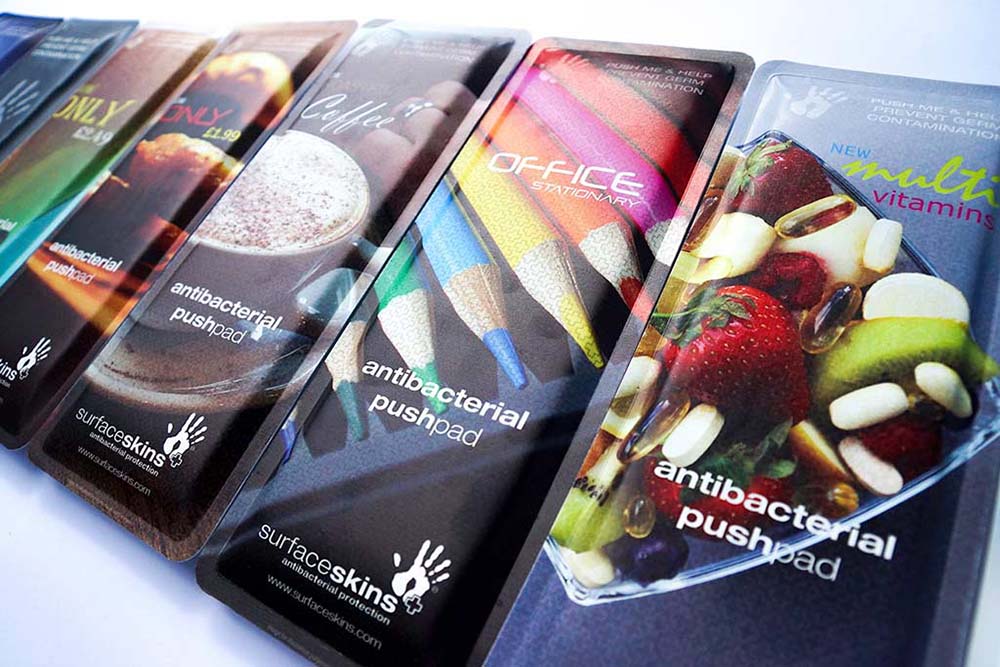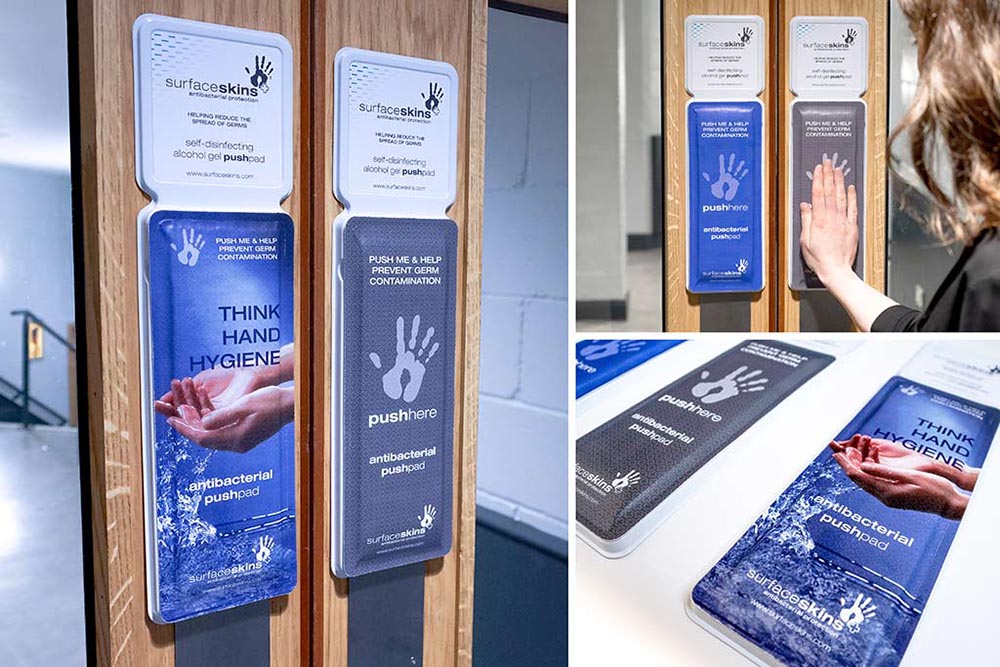
Disposable nonwoven products are indispensable in the fight against infection in hospitals today. They provide critical protection in the sterile gowns and drapes of operating room staff, as well as their instrument packaging, and contributing to more effective and convenient routine cleaning procedures throughout the facilities.
Yet each year, hundreds of millions of patients around the world are affected by healthcare-associated infections (HCAIs).
Every day, HCAIs result in prolonged hospital stays, long-term disability, increased resistance of microorganisms to antimicrobials, massive additional costs for healthcare systems, high costs for patients and their family, and unnecessary deaths.
Hand hygiene
Most HCAIs are preventable through good hand hygiene – healthcare workers and visitors cleaning their hands at the right times and in the right way.
Hand hygiene compliance by healthcare workers has been shown to be less than 30% in some instances and numerous studies have identified door handles and push plates as the prime sources of microbial contamination.
Although it is possible to reduce bacteria on standard door handles by cleaning them regularly, surveys carried out in the UK by the National Health Service (NHS) reveal that even with regular cleaning, bacteria have been detected on more than 20% of handles examined.
This is where a new technology – again based on advanced nonwovens – is looking to make a difference.

Breaking the chain
Surfaceskins are door push pads and pull handles that self-disinfect in seconds to prevent the transmission of pathogens from one door user to the next, breaking the chain of infection.
They have been developed in collaboration with key international infection control experts and material scientists to help reduce the transmission of germs from repeated door contact.
Laboratory tests by the NHS, as well as other independent laboratory tests, have demonstrated that Surfaceskins kill most harmful bacteria and viruses quickly and effectively.
In the tests, the push pads were deliberately contaminated by contaminated fingertips and the affected areas were tested 60 seconds afterwards.
Trials compared Surfaceskins with combinations of antimicrobial copper and aluminum door plates with Escherichia coli, Enterococcus faecalis, Salmonella enterica, Staphylococcus aureus and feline calcivirus (a surrogate for human norovirus).
After seven days of repeated testing, Surfaceskins were consistently found to be much more effective at reducing contamination – showing more than a 90% drop in colony-forming units in the majority of tests.
The push pads operate like a normal door plate: when a user pushes open a door, the contact surface releases a small quantity of the same type of alcohol gel used in hospital dispensing units. This disinfects the surface and reduces the risk of spreading contamination by harmful bacteria to the hand of the next person to use the door.

Killing germs
Alternative antimicrobial door plates are far less effective and can take up to 24 hours to kill bacteria.
Surfaceskins kill germs in seconds. Their mode of action mimics the effect of disinfecting the surface with an antibacterial wipe after every contact, helping to prevent the spread of infection.
They have been tested to seven days’ use or 1,000 activations (whichever occurs first), after which they can be easily replaced with a new pad to ensure maximum protection.
Collaboration
Surfaceskins Ltd, the UK company behind the innovation, is a collaboration between design consultancy ZELOcreative and the Nonwovens Innovation and Research Institute (NIRI).
NIRI was spun out of the University of Leeds in 2005 to focus on applied research, industrial innovation and product development in nonwovens and now consists of 22 multidisciplinary personnel working in fully equipped facilities, including a textile and fiber engineering laboratory, an industrial specification nonwoven plant and comprehensive testing and analysis suites.
Design challenges
Having identified the market need for the product, NIRI faced a number of key design challenges in its realization.
First, the product had to uniformly store and deliver the gel and required a porous reservoir capable of maintaining a uniform distribution of the disinfectant against gravity.
It also required a retaining layer capable of modulating the evaporation and permeation of disinfectant due to external temperature and humidity variations.
Its kinetics had to allow for the delivery of disinfectant modulated by compression, but limited beyond a peak pressure.
In addition, it was required to be durable enough to last for a full week of use – around 1,000 actuations – and provide ease of use and a replacement time of less than 30 seconds.
The resulting NIRI solution is based on five components:
- A plastic base
- A gel-saturated reservoir based on vertically lapped nonwovens
- A gel distribution layer made of spunbond polypropylene
- A micro-valved delivery topsheet.
“The nonwoven components play crucial roles,” said NIRI business director Dr. Matthew Tipper. “The fluid reservoir consists of a web of vertically lapped nonwoven material that has been folded in on itself in a corrugated fashion to produce a three-dimensional structure that has been thermally bonded.
“A spunbond nonwoven is the mediating layer located between the reservoir and the topsheet delivery layer.”
Valve-like pores
The topsheet delivery layer is a non-porous, non-permeable, elastomeric polymeric material that acts as the final barrier between the reservoir in the interior of the pad and the top layer.
“Its properties prevent evaporation and loss of the gel,” explained Tipper. “To enable the antibacterial solution to be released, the topsheet is engineered with valve-like pores.
“When not in use, they are closed to prevent evaporation, and open with the pressure of a hand to release the antibacterial solution onto the surface.”
Branding opportunities
Surfaceskins are now being introduced to the market and in an initial implementation phase, the Introductory Educational Range is recommended, consisting of stock designs that carry instructions informing users how to use the products and what hygiene benefits they provide.
There is then the further opportunity to introduce custom-branded products that can deliver high visibility advertising and branding or key healthcare and hygiene messages to staff and customers.
The NHS has been trialing the pads at Leeds General Infirmary and interest has also been shown by several private hospital chains including BUPA, in addition to fast food chains and other brands.
Surfaceskins secured a world patent – WO/2017/001532 – on its nonwoven-based liquid and gel delivery devices in January 2017.
For more information contact:
Surfaceskins Ltd
Tel: +44-113-343-3790
Email: info@surfaceskins.com
Website: surfaceskins.com
Dr. Matthew Tipper, Business Director
Nonwovens Innovation and Research Institute
Tel: +44-113-350-3829
Email: matthewt@nonwovens-innovation.com
Website: www.nonwovens-innovation.com


